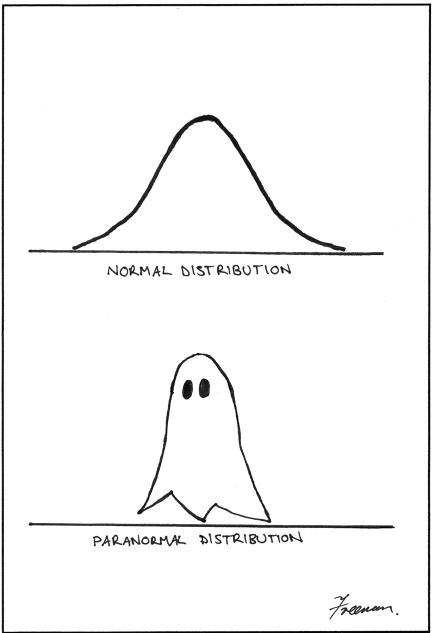 (Image Credit: Lucy Glover of Lucy Glover Photography, San Francisco, CA)
(Image Credit: Lucy Glover of Lucy Glover Photography, San Francisco, CA)
In the October ASQ Influential Voices topic, CEO Paul Borawski asks how pervasive the quality function is in organizations, and asks how its value can be increased:
My question is, how well understood and embraced are the contributions of the quality professional beyond what is traditionally thought of as the quality function? My hope is that use of quality is widespread; my fear is that it is not.
I welcome your insights, your experience, and your thoughts on how to increase the value of quality in organizations beyond what is traditionally thought of as the quality function.
Everybody “does quality”. That’s part of the problem, AND part of the solution.
Part of the problem: About 10 years ago, I was in an organization where people found out I was the “quality person” – and immediately, I was kind of marginalized by my peers. After all, THEY were all about quality too, and they were very vocal about it! They were all esteemed scientists, engineers, and professionals, and they had spent their whole lives studying and working hard to ensure that EVERYTHING they thought and produced was of the utmost quality. Me coming in as the person who “knows a lot about quality” was tantamount to a put-down… because, of course, they had been doing very well as “quality professionals” long before I arrived on the scene. So who was I to come in and say that my unique specialty was quality?
Part of the solution: As quality professionals, we need to recognize that we’re not a closed society. I think we should actively work to recruit the “non-quality” people who have a strong personal conviction about high quality operations and products into our community. Furthermore, we should strive to look beyond the Lean and Six Sigma and Baldrige and ISO standards and continually remind ourselves – and one another – that we simultaneously work with the conditions that give rise to quality, the quality of processes, the quality of products, the consequences of quality, and innovation – or quality for tomorrow. We can facilitate explorations of issues like these:
- How do we collectively apply all these tools to organize ourselves for excellence?
- How do we inspire ourselves to reach even further?
- How do we ensure that we are doing the inside work to BEING QUALITY in addition to just DOING QUALITY?
To increase the value of quality philosophy and practice in organizations, we should recognize that everyone is (to some extent or another) committed to quality. If they are not, should they really be a part of the organization in the first place? Are they practically and emotionally aligned with the organization? We can provide them with technical support and moral support to expand their understanding of quality and innovation, and help them leverage their unique skills and perspectives to advance themselves as individuals and as members of a collective.







Leave a reply to Prem Ranganath (@pgranganath) Cancel reply